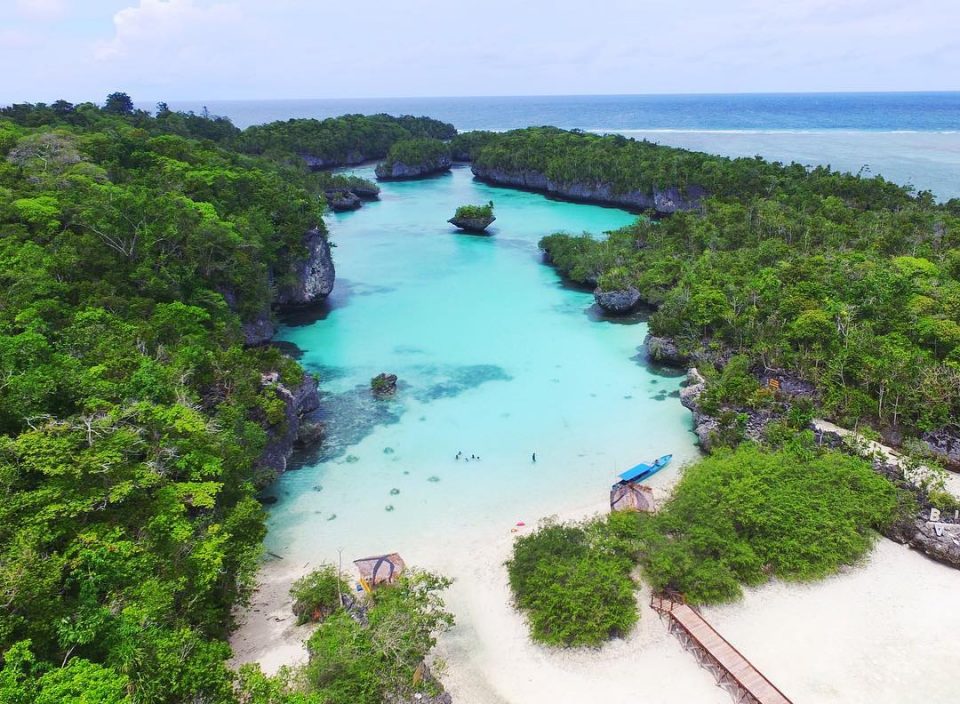Eastern Indonesia is well known for having exotic tourist destinations.
This region consists of Sulawesi, the Nusa Tenggara islands, Bali, the Maluku islands, and Papua. Want to explore the endless gems in this part of Indonesia? There are tons, but here’s ten of them.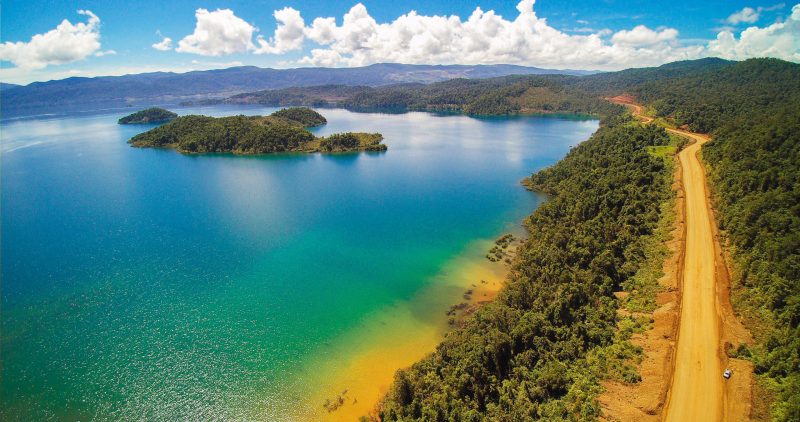
1. Lake Matano, Sulawesi
Lake Matano is located in East Luwu, South Sulawesi, and is the deepest lake in Southeast Asia and the eighth deepest in the world, according to data from the World Environmental Conservation Agency. It takes approximately 12 hours to get there by land from the centre of Makassar city.
With a depth of 590 metres and an area of about 16,000 hectares that offers a panoramic view of the natural ecosystem, this place is also home to several exotic faunae, including rare animals. One of them is the Butini, a fish that the local community has dubbed as an ancient fish because its colour and shape resembles an ancient animal.
On the west side, there’s a cave called the Skull Cave. Hundreds of years ago, it is said that the location was used as a place to put the bodies of the dead tribesmen of the Routa Tribe.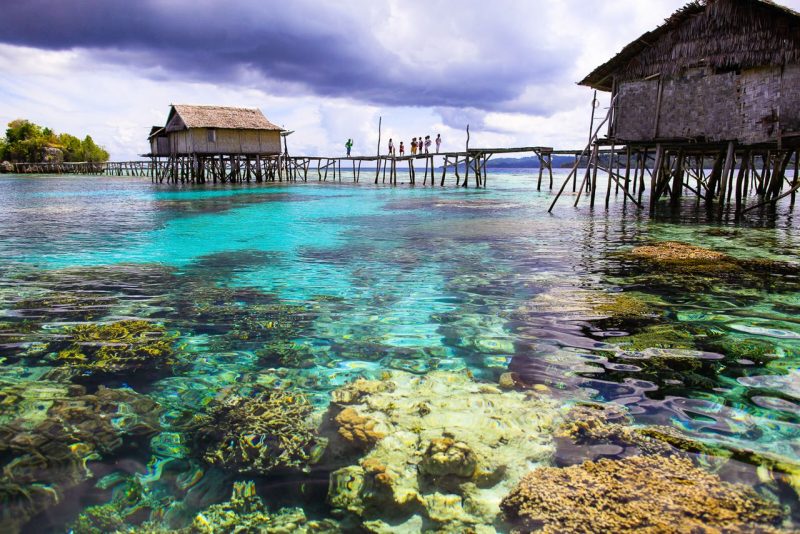
2. Togean, Sulawesi
The Togean Islands are located in Tomini Bay, Central Sulawesi. In this area, there is a marine national park that is rich in coral reefs and various rare and protected marine biota, such as giant clam pilot whales, reef sharks, manta rays, and many others. This place is also inhabited by turtle species, such as the hawksbill and green turtles.
3. Luwuk-Banggai, Sulawesi
In Luwuk City, Banggai Regency, you can visit Teletubbies Hill, Dua island, and also Kilo Lima beach. There are many tourist destinations in Banggai Regency as well, especially in Luwuk city which has much natural beauty that’s been untouched by mankind.
You can also cross to Banggai Islands Regency and Banggai Laut. Many people think that the two are the same area, but, in fact, they are different. Both Banggai Islands and Banggai Laut have many virgin diving and snorkelling spots. You can visit Bongo beach, White Sand beach, Bongo island and many other unnamed spots that don’t have an entrance fee. If you are lucky, you can find various types of Cardinalfish or sea urchins.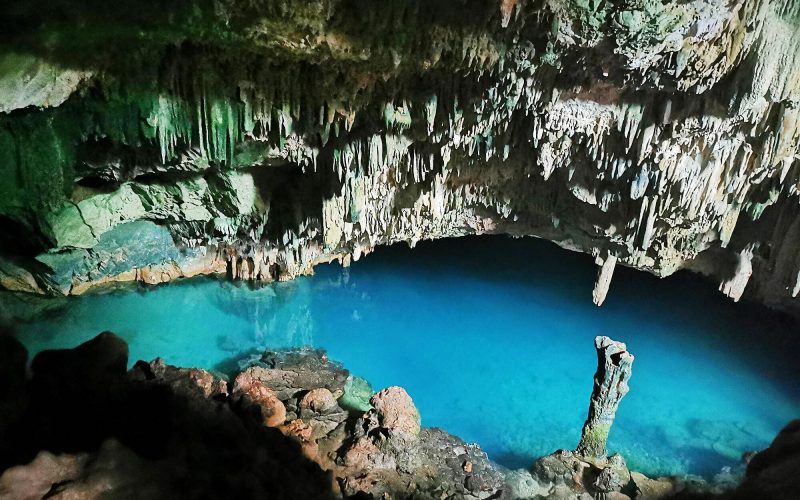
4. Rangko Cave, Flores
Rangko cave on Gusung island, Labuan Bajo, has a challenging terrain; this cave is not integrated with the mainland of Flores, but is separated by the waters of Tanjung Boleng. To get to Rancko Cave from the coastal area in Rangko village, you can sail on a wooden motorised boat for about 30 minutes in calm waters. Apart from Rangko village, visitors can rent a boat at Labuan Bajo Harbour. The travel time is 50-70 minutes to Gusung island.
Gusung is uninhabited and boasts beautiful coral reefs. Clusters of shallow coral reefs at a depth of one metre are on offer. Each visitor will be charged a fee of Rp20,000. Conquer the 500-metre trail and you’ll arrive at the mouth of the cave. The natural swimming pool in Rangko cave is vividly clear and the stalagmite rocks at the bottom of the pool can be seen easily, especially when the sun’s rays hit the bottom of the pool at a depth of four metres.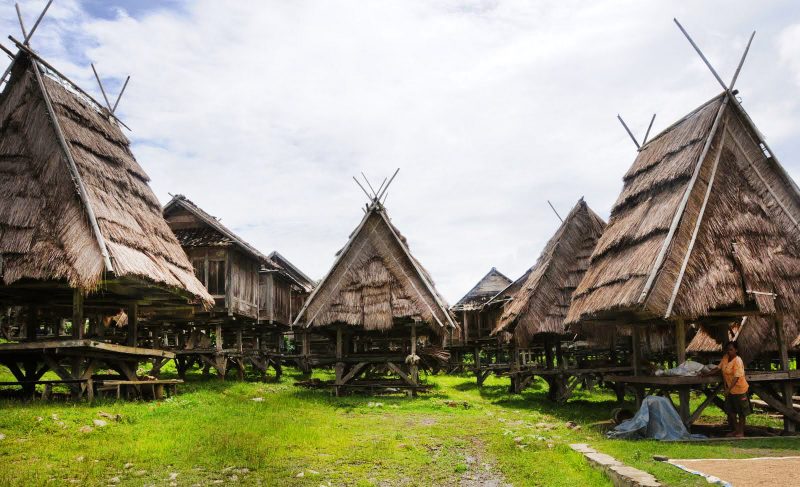
5. Maria Tourism Village, Bima
Maria Tourism Village in Bima regency is one of the villages in West Nusa Tenggara considered to have many cultural attractions such as the Makatua traditional welcome dance, Wura Bongi Monca dance, Kareku Kandei – pounding rice with a rhythmic sound -, and the Mpa’a Ntumbu Tuta dance.
Moreover, the Uma Lengge building is part of the Mbojo Tribe who inhabit the area. Uma Lengge has a conical shape on the roof. In the past, this building was used as a residence by the local community and also as a rice barn. This tourism village also has activities such as coffee roasting, seeing the process of making handicrafts, and local food tasting.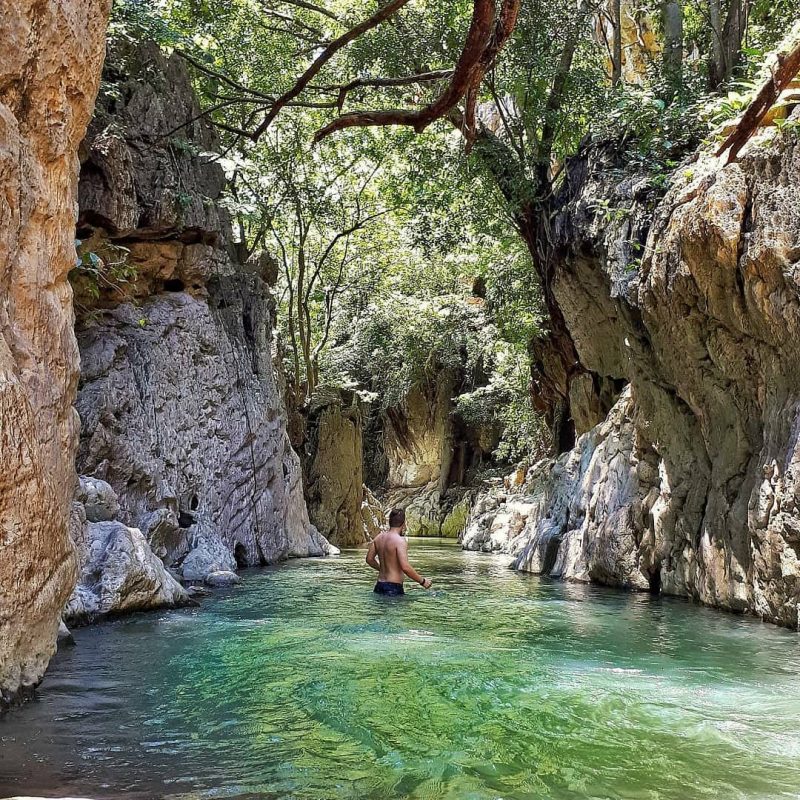
6. Liang Bukal, Sumbawa
Want to play in the water, but not at the beach? Visit Liang Bukal Tourism Park, which is about 26 km from the centre of Sumbawa Besar city. When you enter the Liang Bukal Tourism Park, you have to pass through a 200-metre-long cave inhabited by hundreds of bats. Only then can you enjoy the coolness of the river flowing between the cliffs. This park is best to visit in the rainy season so that the natural pool is at high tide.
7. Kei Islands, Maluku
The Kei islands, also known as Nuhu Evav or Tanat Evav by the locals, are a group of islands in Southeast Maluku with 112 islands and 76 tourist destinations. Located in the southeast of Maluku district, the stretches of beach and the expanse of fine, white sand is a panorama that can amaze you with its beauty. Some of these exquisite beaches are Ngurbloat – recognised by National Geographic as the beach with the softest sand in the world – Ngurtavur, Ngur Sarnadan, and Bair island.
It’s not all diving and snorkelling on the beach; you can dive in the Hawang cave which is connected to the Evu spring. This area is also a habitat for Australian Pelicans that migrate to Maluku from their homes in Australia and Papua New Guinea. You can learn more about the history of the Kei islands while visiting Tual city, which was once used as a trading place for the Portuguese.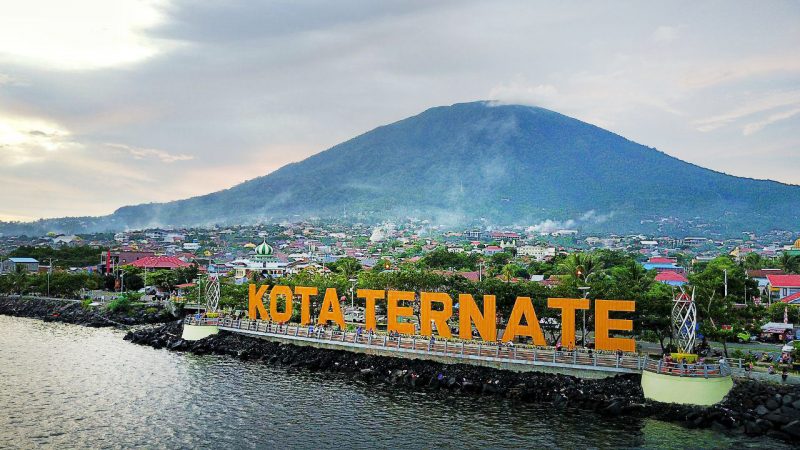
8. Ternate, Maluku
Ternate has the islands of Maitara and Tidore, whose photos are printed on the Rp1,000 banknotes. Here, tourists are spoiled with views of the island from the top of Mount Gamalama, the green of Lake Ttolire, and snorkelling in the clear seawater. In addition, several forts are still standing, including the Kastela fort, the Promise City fort, and the Oranje fort.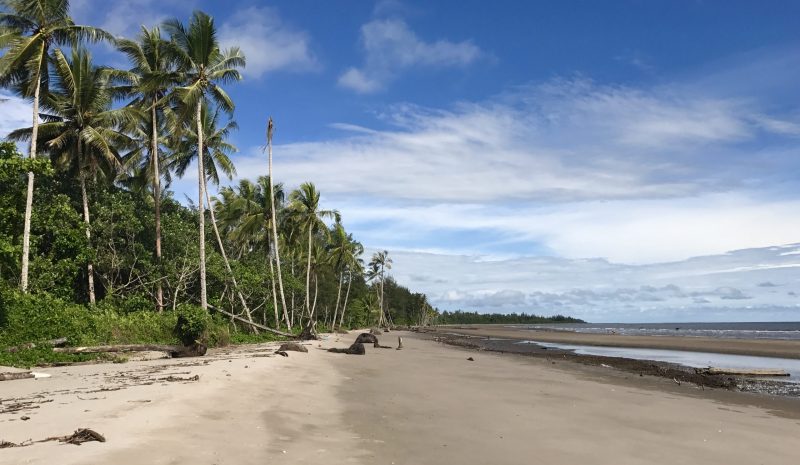
9. Keakwa, Papua
Keakwa means “take a boat”. This island is located in the Mimika district and is directly opposite the Arafuru Sea, thus rich in natural beauty. To get to Keakwa, you’ll take a two-hour boat trip from Timika City where you can see two beautiful islands, Puriri and Bidadari.
Historically, this island was nameless and inhabited by the Kamaro Tribe who lived on the coast. At that time, the Portuguese who came to Papua took a boat and were greeted by the Kamaro tribe by asking whether they took a boat in the native language. The Portuguese only caught the word Keakwa and therefore named the island that.
Although hidden and not as well-known as Raja Ampat, Keakwa played an important role in World War II as a Japanese defensive base against the allies. You can see two Japanese cannons on Keakwa beach and a shipwreck is also still visible there.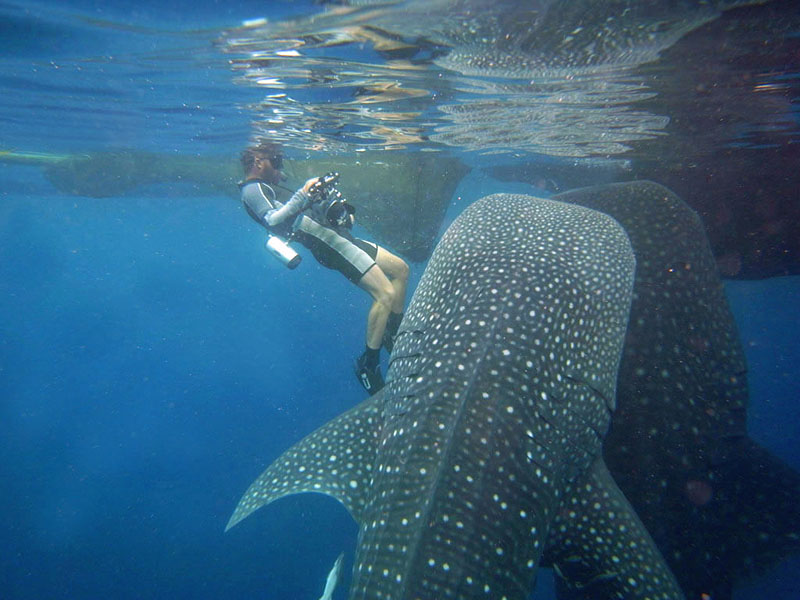
10. Cenderawasih Bay National Park, Papua
Cenderawasih Bay is the largest marine park in Indonesia. At approximately 14,000 square kilometres, here lie 18 different islands with enchanting beaches. Cenderawasih Bay is heaven on earth for snorkelling and scuba diving lovers – just visit Wairondi island, Auri island, or and Rumberpon island. Besides enjoying the beauty of the underwater scenery and swimming with whale sharks, you can also do other activities such as trekking and hiking as well as bird watching, where you have the chance to spot some rare birds.




